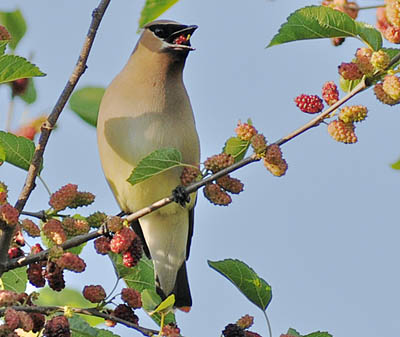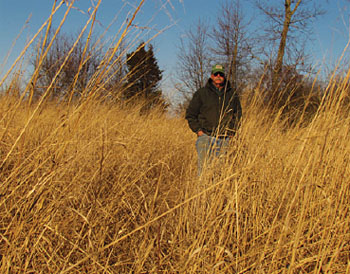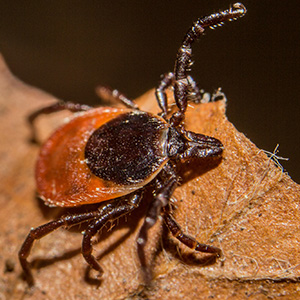In a departure from my normal column on creating habitat, here is some knowledge on ticks ecology and preventative measures from the perspective of an ecologist who spends a lot of time outside. With a little education and forethought, you and your family can better enjoy the outdoors all season long. First – a word of warning: I’m not a health professional by training, so always consult your doctor if you have health concerns.
Restoring Wildlife Habitat
Whether you live in urban, suburban or rural areas, you can make a positive impact on surrounding fish and wildlife populations. Our web resources are intended to give you the tools to manage your Piedmont lands and waters for greater biodiversity, productivity, and environmental quality.
Building a Home for Wildlife: Houses, Nests, & More
Just like humans, wildlife species have four primary needs to survive: food, water, shelter and space. These four components form the basis of wildlife habitat, and each species fulfills these needs differently. Yet, for all species, if one of these four components is missing in a given area, it can affect the species’ population. In this article, I’ll be focusing on one of these needs – cover (the wildlife term for “shelter”) — and what are potential solutions when it’s a limiting factor in an environment. Specifically, how we can use man-made cover to help out wildlife.
Presentations from the November 2012 Invasive Plant Symposium
Our November 2012 Invasive Plant Symposium was a great success! Over 140 people attended this event in Middleburg, co-sponsored by PEC, Sacharuna Foundation, Virginia Working Landscapes, and United Plants Savers.
Invasive Plants: Why Bother?
When I work with landowners on how they can better manage their properties for wildlife habitat, many common questions concern invasive plants. These questions include: “What is that weird, abundant vine/shrub/tree/pond muck? And how do I get rid of it?” Other times, it’s: “Do I need to worry about plant X?” or “Why bother?”
Healthy, Safer Families, and Communities
Arsenic and rocket fuel in our water. Gender-altering hormones and medications in our rivers and streams. PCBs, dioxins and pesticides in breast milk. Lead in children’s toys and women’s lipstick. Hazardous ingredients in air fresheners, development disrupting chemicals in plastic baby bottles and dangerous fumes from vinyl shower curtains. Our world is awash in chemicals and pollutants that pose health risks to our families, our communities and our environment.
What is the Connection Between My Home and My Drinking Water?
Although your property may not have a stream or pond on it, all land is a part of a watershed and has some effect on the condition of waterways. Land and water are intricately connected by the natural water cycle.

How Plants Fly
As my mother and I pulled up at the Jones Nature Preserve in Rappahannock, a brilliant bird dipped through the air—a rich tropical blue on delicate wings. They came in this week, Bruce Jones told me, the indigo buntings. He had led a bird walk over the weekend, and they saw 15 to 20 of these migrants, which flourish in the shrubby areas between his meadows and his woods.
Better Habitat: Water, Woods and Beyond
Learn about Wildlife Habitat in the Virginia Piedmont — what it is, why we care, what a landowner can do to improve it. The following PowerPoint presentations were given to members of the Orange County Hunt in March, 2012.

The History & Habitat of Amphibians
PEC's Sustainable Habitat Program Manager, James Barnes, wrote this article about our region's amphibians for the Spring 2012 issue of The Piedmont Virginian…

Making a Comeback
When Bill Sanford was a boy on Arrowpoint Farm in Madison County, at the confluence of the Robinson and the Rapidan Rivers, the fields were full of bobwhite quail. He could go out after school, he says, and find three coveys of birds in a field before he had to go inside to do his homework.

